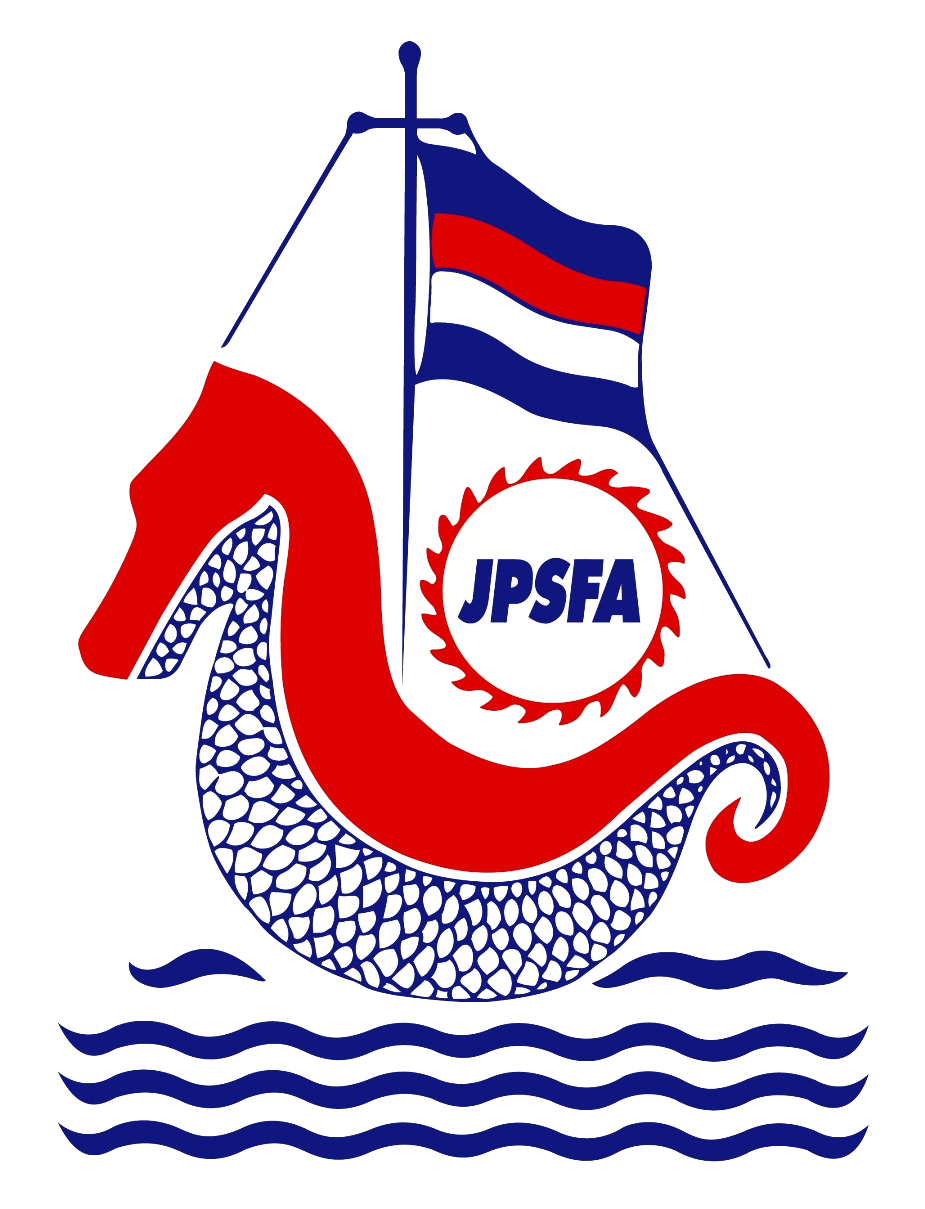Last week, the International Atomic Energy Agency (IAEA) launched its first scientific research expedition to investigate the extent of microplastics pollution in the Antarctica. Argentine President Javier Milei and IAEA Director General Rafael Mariano Grossi led the launch of the expedition at the Marambio and Esperanza Argentine Antarctic Bases.
The project includes a two-person research team that will set off for one month to assess the impact of microplastics by investigating its occurrence and distribution in seawater, lakes, sediments, sand, discharge water and animals of the Antarctic ecosystem.
The IAEA expedition in the Antarctica is being carried out under the agency’s NUTEC Plastics Initiative. Established in 2020, NUTEC is a flagship initiative of IAEA to address the global challenge of plastic pollution with nuclear technologies. This is being done through a network of NUTEC Plastic Monitoring Laboratories, which use nuclear and isotopic techniques to produce data on marine microplastics distribution. The precise data is an important step in developing plastic pollution mitigation plans and disposal measures and policies.
In the recent years, scientists have voiced concerns on the rising presence of microplastics (plastic particles below 5mm in diameter) in the polar ice. The first evidence of microplastics in the Antarctic coastal ice dates back to 2009, following a sea-ice sampling study in East Antarctica by the University of Tasmania researchers. However, data throughput and follow-up studies on the matter remains largely absent.
“The discovery of microplastics in the once untouched Antarctic environment serves as a testament to the influence of the widespread and detrimental pollutant,” said Director General Grossi. “Microplastics are a global problem, but the international community still lacks the scientific data needed to make informed decisions. This is the goal of NUTEC Plastics: by understanding the plastic origin, movement and impact, we can make informed decisions on how to address the problem,”
In March 2022, UN Member states adopted a resolution to end plastic pollution, setting the stage for an international legally binding plastic pollution treaty, expected to be formally adopted in 2025. The IAEA’s expedition in the Antarctic is thus instrumental in generating data required in the negotiations of the global plastic pollution treaty.
Based on the limited scientific studies in the Antarctica, presence of microplastics in the continent have been shown to contribute to accelerating ice loss by reducing ice reflectivity. In addition, microplastics entering the food chain of Antarctic organisms negatively affects the health of Antarctic life and their resilience to climate change.
Reference:https://maritime-executive.com/article/iaea-uses-nuclear-tools-to-study-antarctic-plastic-pollution

